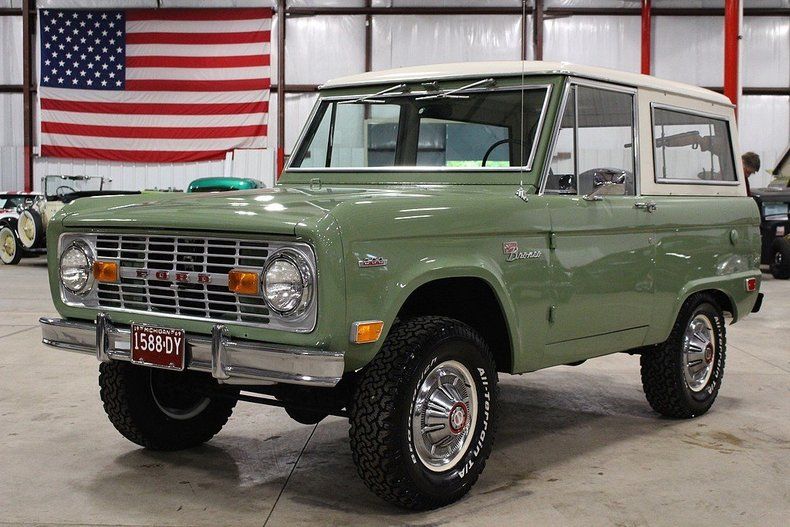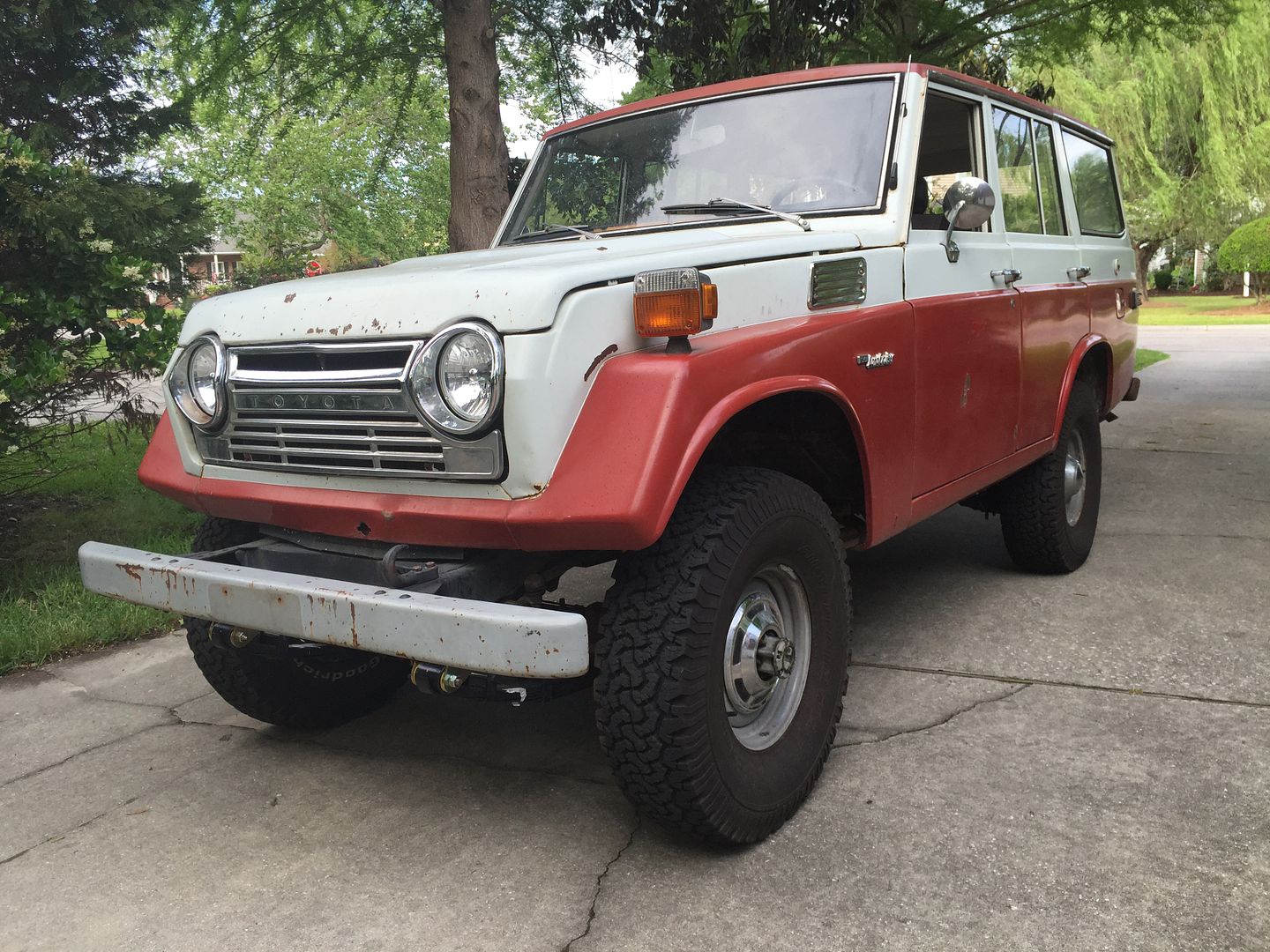She's a beaut! And my favorite-ish color too. Boxwood Green. All it needs now is a National Park Ranger sticker on the door and you're set!
A prior readout is by no means a complete necessity. It's just nice to know what'cha got before you mess with things. And since putting the C-bushings under the radius arm caps is best done while doing the coil spring install, it's just that much nicer to know what to get ahead of time.
It's not a difficult task to do it again, but why? Right?
If you look under the front of your truck (hey, any excuse to get out and under and check that nice rig out, eh?) you will see the two link bars we usually refer to when talking about suspension lifts. One is the trackbar (Ford and Dodge's name for a "Panhard bar") which locates the axle centered in the frame. The other is the drag link (or draglink to some of us) which attaches the steering box to the main tie-rod connecting the wheels.
The two bars should optimally stay as close to parallel to each other as possible, and if possible too, should maintain the shallowest angle relative to the ground as feasible. They should also continue to pivot from almost the same plane, as Ford set them up originally.
The overall angle changes anytime you lift using the suspension, or during normal suspension cycling up and down. Bringing the angles back down closer to originally designed is done by adding a pitman arm (
http://www.wildhorses4x4.com/category/s?keyword=pitman+arm) with more curve to it, and relocating one of the mounts of the trackbar. For gentle lifts that is usually done at the top mount on the frame with a drop bracket. For taller lifts, bigger tires and more aggressive changes, or when doing a tie-rod-over-the-knuckle swap, a riser bracket is welded to the axle housing.
(
http://www.wildhorses4x4.com/category/s?keyword=trackbar)
A Bronco will still handle somewhat decently without any of those changes, even with a 2.5" lift. But it's not optimal by any stretch and works much better if you add about $100 bucks in those two parts into your lift calculations.
Like those angles, the fact that your Bronco's front suspension uses radius arms (also Ford's name I think) to locate the front axle, when you extend the suspension (during travel or by adding a lift) you change the caster angle negatively. The polyurethan offset C-bushings take the place of the original rubber bushings with zero offset and can add positive caster in 2, 4, 6.5 or 7 degree increments.
It's all good. A new learning curve just like when you got your first Cruiser. Just more junk to throw into the brain is all. You'll find room.

Paul













